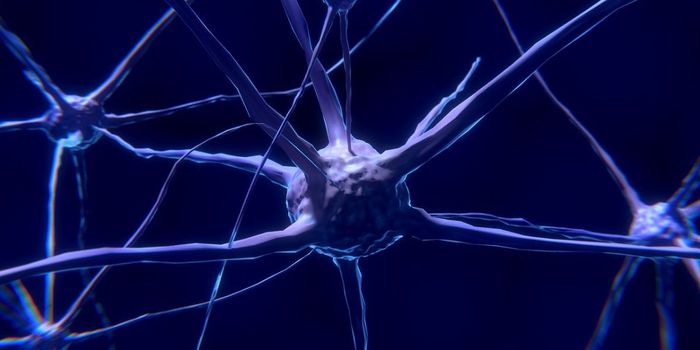Researchers Discover Molecular Mechanism for Memory Formation
Researchers from MIT have found that when the brain forms a new memory, neurons known as 'engram cells' encode the details of the memory and reactivate whenever it is recalled.
Engram cells are found in the hippocampus, the brain's memory center, as well we other parts of the brain. While several studies have previously shown that these cells form networks associated with certain memories and their recall, how they work has not been well understood until now.
For this study, the researchers hypothesized that the formation and preservation of memories could be influenced by epigenomic modifications- chemical alterations of chromatin (a substance within a chromosome made of DNA and protein) that control whether a certain gene is accessible or not.
To see whether this was the case, they studied genetically engineered mice in which they permanently tagged engram cells in the hippocampus with a fluorescent protein to track how memories were formed and recalled.
To began, the mice received a mild shock to their foot that they learned to associate with a certain cage. As this memory was formed, the hippocampal cells encoding the memory began to produce yellow fluorescent protein markers.
At this very first stage of memory formation, the researchers noted that several regions of DNA underwent chromatin modifications- chromatin became looser, allowing the DNA to become more accessible. Almost all of these regions, however, contained noncoding genes called enhancers, which interact with genes to turn them on. As such, at this stage, chromatin modifications had no effect on gene expression.
After five days, however, the researchers found that as memories consolidated, the 3D structures of chromatin surrounding the enhancers changed- now closer to their target genes- more so to prime them although not turn them on.
To see the effects of this, the researchers placed the mice back in the cages where they received the foot shock. In doing so, they noticed that inside their engram cells, the primed enhancers frequently interacted with the target genes, essentially 'turning them on'. The researchers also found that the neurons' dendrites developed more spines- offering more evidence that their connections became stronger.
"This is the first work that shows on the molecular level how the epigenome can be primed to gain accessibility. First, you make the enhancers more accessible, but the accessibility on its own is not sufficient. You need those regions to physically interact with the genes, which is the second phase," says Asaf Marco, one of the study's researchers. "We are now realizing that the 3D genome architecture plays a very significant role in orchestrating gene expression."
Sources: Neuroscience News, Nature









